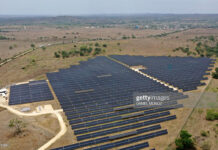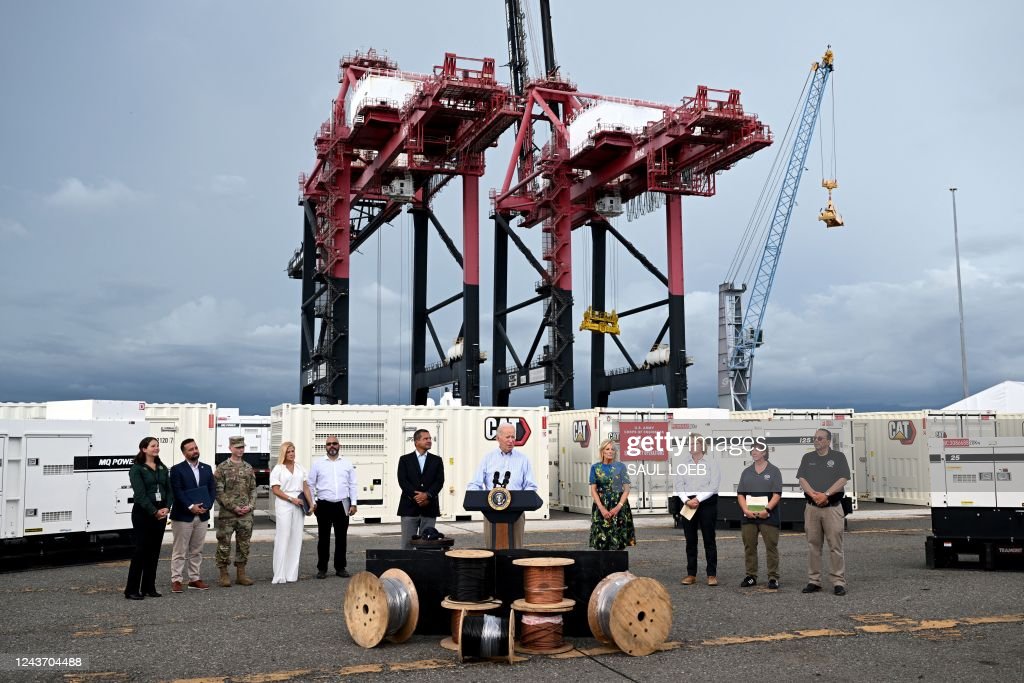News Americas, FORT LAUDERDALE, FL, Oct. 10, 2022: When Hurricane Fiona hit Puerto Rico on Sept. 18th, two environmentally friendly prototype homes powered by solar energy were able to keep the lights on during the storm.
By contrast, the storm again knocked out power and water as the island’s antiquated and fragile power grid again took a beat, causing every home and business to lose power. The current population of Puerto Rico is 2,692,886.
When Hurricane Ian hit Fort Myers, Florida, on September 29th, Babcock Ranch – which calls itself “America’s first solar-powered town” and is made up of 700,000 individual panels that generates more electricity than the 2,000-home neighborhood uses – never lost power, water or the Internet.
By contrast, the storm obliterated the nearby Fort Myers and Naples areas with record-breaking surge and winds over 100 mph. It knocked out power to more than 2.6 million customers in the state, including 90% of Charlotte and Lee Counties.
In the days since, the US has pledged millions in aid to both Puerto Rico and Florida. President Joe Biden has pledged $60 million for Puerto Rico and long-term help to Florida, that could run into the billions, according to FEMA.
This as the state’s governor and Republican lawmakers have scoffed at climate change and the House GOP members voted against a bill that contained $18 billion for FEMA’s Disaster Relief Fund.
Now some of that 18 billion must be used to help the Sunshine state build back hopefully better. But with that rebuilding effort must come a new vision plan to deal with the current era we find ourselves in – an era where there is no denying the seas are rising and climate change is a reality – regardless of the deniers.
That means, when it comes to rebuilding efforts and federal funding, those funds should be used to reimagine a new, greener state and island that expands on the Puerto Rico prototype and the Babcock Development.
Both Puerto Rico and Florida should be America’s test case for the future – a bright green future via a new green plan. The federal government should absolutely have green rebuilding strings attached to its funding as the Biden administration leads from the front.
Puerto Rico and Florida’s communities, decimated by hurricanes, must be built back as solar-powered towns, much like Babcock Development, which took a direct hit from a Category 5 hurricane and escaped largely unscathed.
Federal taxpayer dollars should not be used to build back power lines that will fall again in the next storm; or fund more fossil fuel plants that fail residents over and over again.
The reimagined towns in post hurricane Fiona and Ian in Puerto Rico and Florida must be an eco-centric reality. Houses rebuilt must be built to code, be energy efficient and built with sustainable materials that allow them to achieve a Bronze or higher standard of certification from the Green Building Coalition.
Energy must be via a solar field run in partnership with a private energy company, and be harnessed from thousands of panels, processed and fed into the grid from the energy company’s substation to the community’s solar center.
Additionally, energy must be generated from rooftop photovoltaics and solar trees in neighborhood parks while those rebuilding can choose to have panels on their roof or simply get it from the solar center.
Irrigation must be done with water reclaimed from the onsite water and wastewater utility. All power, water lines and Internet cables must be buried so they are no longer subject to being knocked over in a storm, hitting out power, Internet and water for weeks.
As far as storm surges, US builders can no longer build close to the water’s edge but follow the Dutch model which is to “give part of the land back to the sea” and build on higher ground and build higher buildings.
Farmers in one part of the Netherlands have already began using this model. They now live in Scandinavian-chic farmhouses, newly built on terps elevated six meters above their meadow lands and linked to the nearest village by roads raised at the same height. In winter, they move their cattle up into their elevated barns.
The time is now for this to happen. The Intergovernmental Panel on Climate Change, the United Nations body that collates and assesses scientific results, already predicts a 30 to 60 centimeters of sea rise by 2100 and this is if countries make good on their pledges to cut emissions under the Paris Climate Agreement.
But so far, the developed world is failing to meet its targets, which means if emissions continue current trends, the IPCC predicts 84 centimeters of sea rise by 2100, and as much as 5.4 meters by 2300.
This means what we saw in Florida after Ian, is just the beginning, and a glimpse of the future, not the biblical past. It is time for America to lead on climate change. Using federal funds to rebuild Puerto Rico and Florida greener as test cases on coping with our new reality is a great way to show real leadership in the world.
EDITOR’S NOTE: The writer is founder of Invest Caribbean, the global private sector investment agency that is part of the ICN Group of companies.









